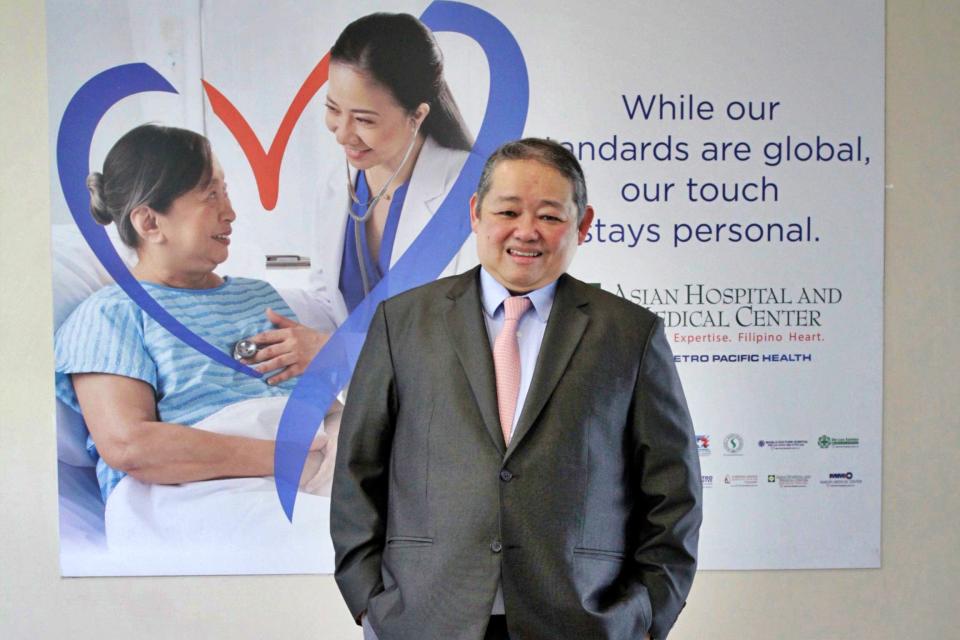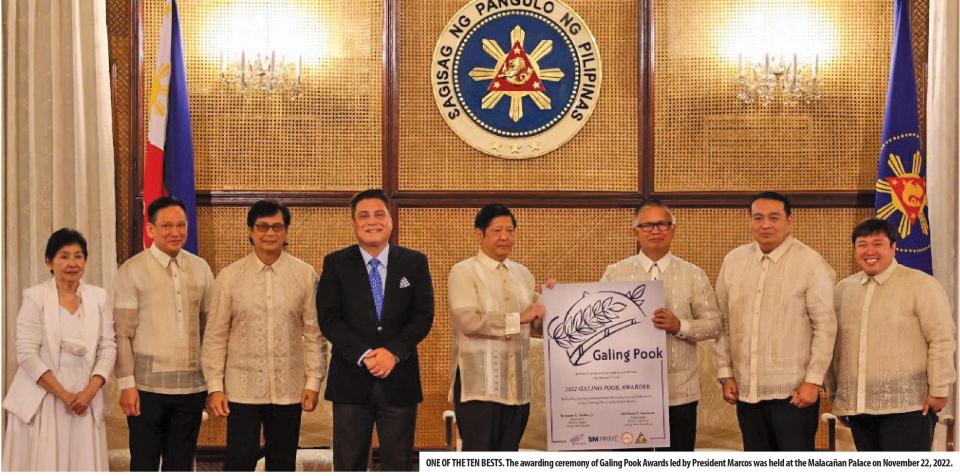By Lorenz S. Marasigan
Conclusion
TRUTH be told: Competing with Middle Eastern carriers, ultimately, is a losing battle for local airlines; but no matter how stark the situation might look, there remains a tinge of hope for the underdogs.
But this speck of light will require airlines to double their efforts and expand their tents. This might even require them to fly to so-called uncharted territories.
Since Gulf carriers generally operate under the hub-and-spoke system, the only way Filipino airlines could compete is to use the entitlements given to them by the recently signed air-services agreement with the United Arab Emirates (UAE).
“Aside from requiring UAE carriers operating such additional flights to Manila are bound to also operate separately to Clark or Cebu within one year from signing of the memorandum, we got on a unilateral basis additional fifth freedom traffic rights to the United Kingdom, the United States and Saudi Arabia,” Civil Aeronautics Board Executive Director Carmelo L. Arcilla said.
The fifth freedom allows local carriers, like Philippine Airlines (PAL) and Cebu Pacific, to fly from Manila to UAE and onward to any country, including the UK, the US and Saudia Arabia. This will improve Philippine connectivity and also the commercial viability of routes to the UAE.
But these so-called consolations are mere consolations, if local carriers are not able to effectively use them.
“There is the consolation of allowing the Philippine carriers fifth freedom traffic rights beyond Dubai and Abu Dhabi, but the meager resources of the local airlines will prevent them from operating to so many more points beyond Dubai and Abu Dhabi,” said Avelino L. Zapanta, an aviation expert.
Zapanta explained this will prove to be another challenge in the histories of the two carriers, as they will have to shell out large sums of money to expand their operations through larger planes and extended routes.
“They must be willing to face the challenge of using the fifth freedom traffic rights afforded them in the new air-services agreement. That will take much resources and guts to do. If they would not be willing to compete, then they just have to content themselves with their share of overseas Filipino workers [OFWs] destined to the UAE and none of those going beyond,” he said.
Cebu Pacific Long Haul Division General Manager Alex B. Reyes said his camp is mulling over the prospect but noted that its main market remains the 800,000-strong OFWs in the Middle East.
“The effect of the recent UAE air talks is that the new agreement now allows Cebu Pacific to fly from the UAE to any point in the Middle East or Europe. This effectively means we can provide the same value-for-money services for passengers who are originating from the UAE and flying onward to Europe,” he said.
“Should we deem it commercially viable, we could stop over in Dubai, and then fly onward to London. The previous agreement had blocked us from doing so,” Reyes added.
Flawed agreement
The flag carrier, which has been operating direct flights to the US and London, stood its ground, with its president criticizing the compromise agreement the local air panel entered into.
“Economically, the excess capacity will hurt Philippine tourism. If a year from now we and other airlines are forced to slow down our route expansion or curtail some of the direct flights linking the nation to Europe, North America or the Middle East, that will dampen tourist flows to the Philippines,” PAL President and COO Jaime J. Bautista said.
The agreement, he added, somehow betrayed the local carriers’ position in maintaining good business environment in the long run.
“The UAE agreement is flawed, because it sacrifices long-term strategic growth for short-term political gains. It’s now up to us, the Philippine carriers, to make up by summoning the best of the Filipino fighting spirit to the competitive battle ahead,” he said.
Moved away from protectionism
The problem now here is that the government has moved away from a policy of protectionism and embraced the pocket open-skies strategy. It has also subscribed to the single-aviation market in the Association of Southeast Asian Nations (Asean).
“Government has moved away from protectionism, thus, its promulgation of pocket open-skies policy and subscribing to the Asean single-aviation market. It is against the law to provide the airlines subsidies and guarantees for which the US and its airlines have been assailing the UAE and its airlines of doing. The public would be critical of protectionism. They want more capacity, even if it’s the foreign airlines offering these,” Zapanta said.
Arcilla noted that the government is more keen on developing a more liberal policy on air services to keep pace with demands of globalization.
“The policy pronouncement of President Aquino is to develop an adequate aviation network that has sufficient connectivity necessary for economic development anchored by foreign and local airlines,” he said.
Arcilla added that the government is trying to balance the scales among many parties involved—local and foreign carriers, and the consumers.
“The goal is to develop a vibrant aviation network. We need to balance the interests, and I think we struck a balance between the two forces because we got minimal increase, and more compromises,” Arcilla said, referring to the promotion of developmental routes—such as Cebu and Davao—in the agreement with the UAE.
Passengers are the big winners
Despite putting local airlines in financial peril, the government was successful in stirring up the competition in the Middle Eastern market. This means that passengers will get more choices when it comes to air travel, lowering airfare prices in the process.
“This battle all works out well for the consumer, because the increased capacity for the UAE airlines is good for them; not to mention the ability to book to any of the airlines’ 150 or so destinations beyond their UAE home bases,” Zapanta said.
Arcilla agreed, saying that this will stimulate air travel from outside the Philippines. Hence, tourism revenues may increase, especially since the Middle Eastern market is a high-yield sector that the government has been keeping an eye on for a long time.
“The new services mean new destinations. For example, Cebu can be connected to Europe via Dubai. This will help us achieve our targets,” he said. “Competition will bring down airline- ticket prices, and the consumers stand to benefit from it.”
So, for Rolando R. Zamora, an engineer who is based in Dubai, going home to the Philippines will now be easier than ever. He plans to come home in March next year in time for his daughter’s wedding.
“I’m excited to see my daughter walk down the isle,” he said. “I can now give her a better gift, now that I get to save more from airline-ticket prices.”


































